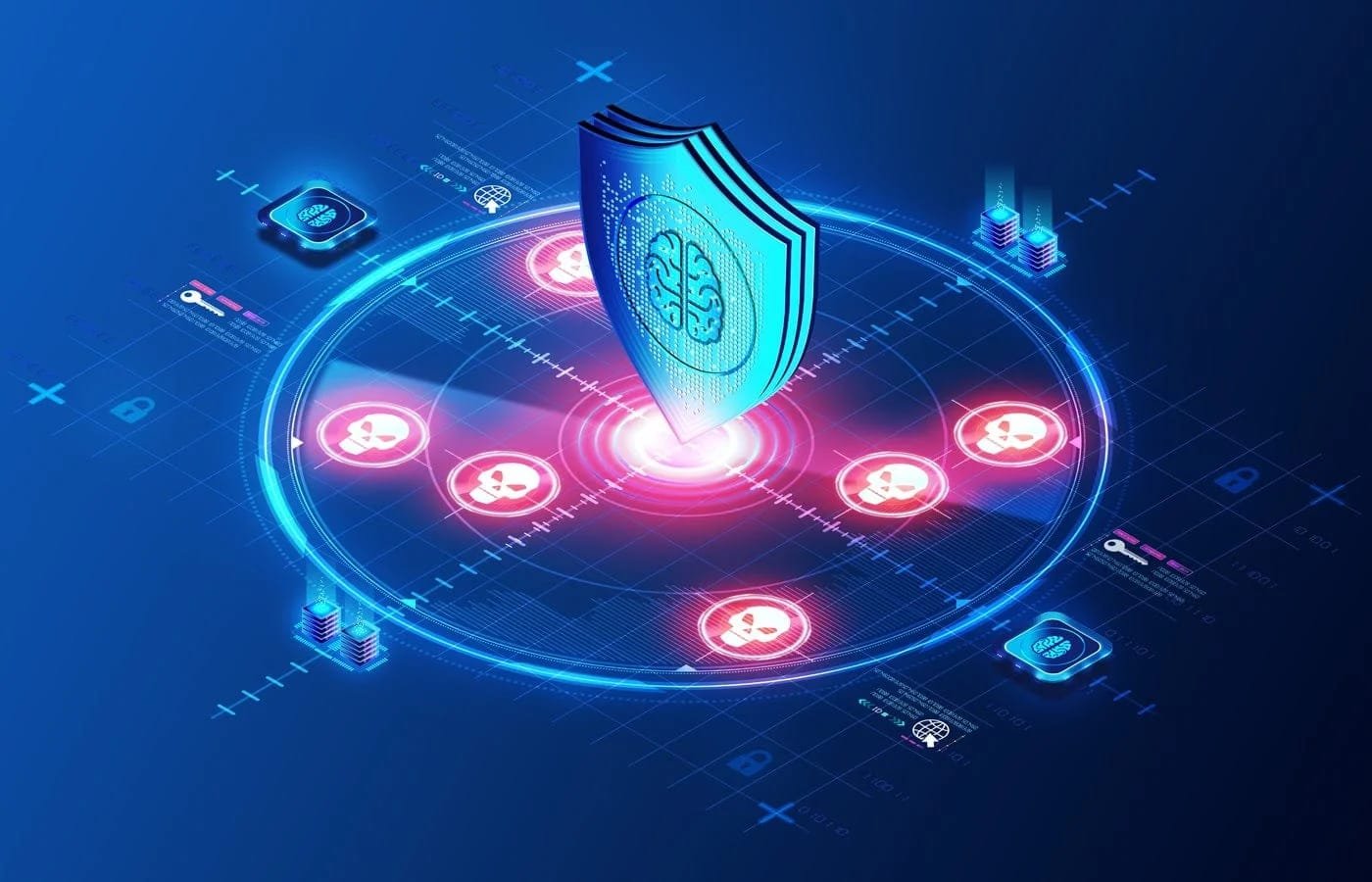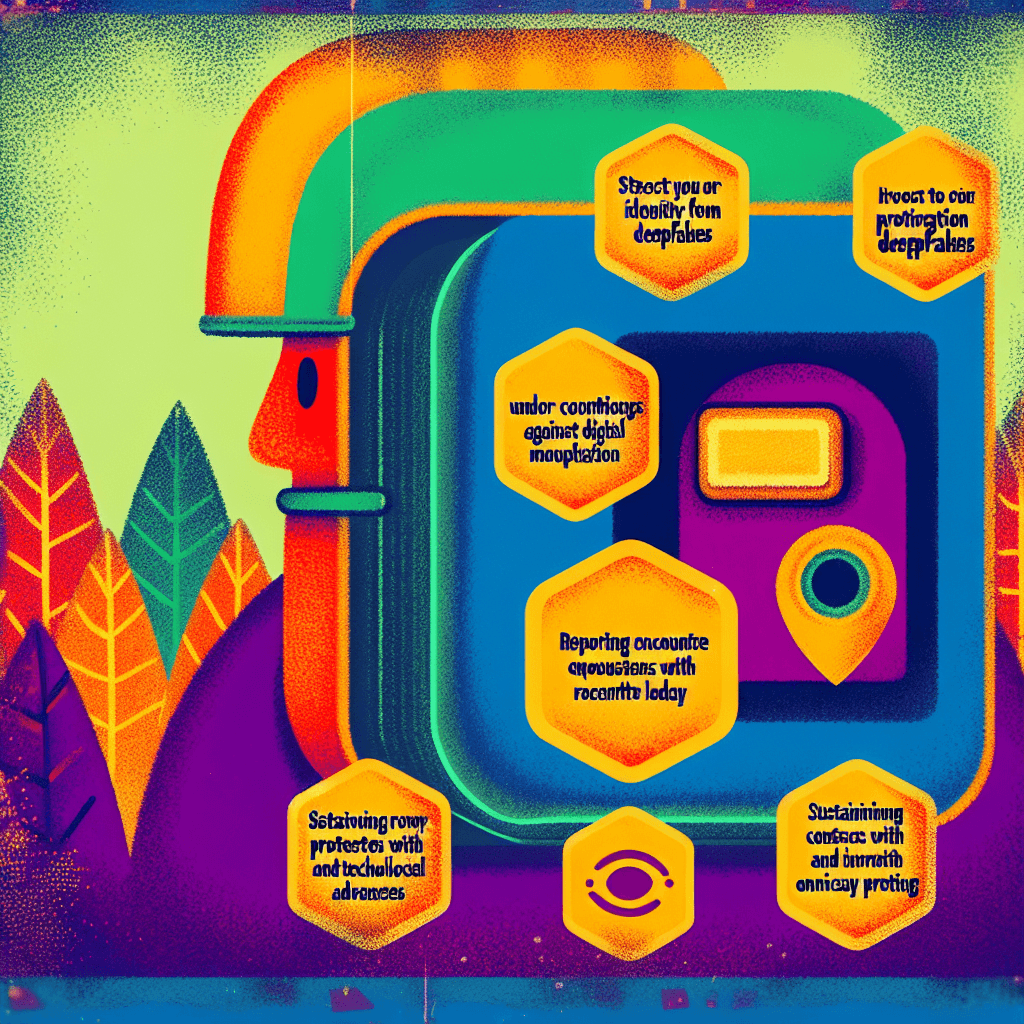Cybercriminals love to give new meaning to the phrase “trick or treat.” They don’t want candy; they pursue your personal data, finances, and privacy. Here are some cybersecurity facts that will make you wonder.
Through tactics like cyber attacks, phishing, ransomware, and data breaches, these bad actors create chaos. The consequences of their actions can be financially debilitating and emotionally distressing for victims.
Let’s dive into 13 chilling cybercrime facts that expose the terrifying reality of today’s digital landscape.
Scary Financial Cybersecurity Facts and Stats
- Ransomware Netted Threat Actors More Than $1.1B in Ill-Gotten Gains Cybercriminals are not interested in Halloween sweets. They are after your data. In 2021, ransomware attacks generated more than $1.1 billion for hackers. They hold vital data hostage and demand payment in cryptocurrencies, leaving victims in a state of fear and helplessness.
- The Average Cost of a Data Breach Exceeds $4.5M Imagine losing $4.5 million overnight. This figure represents the average cost of a data breach in 2023. Businesses face direct costs like legal fees and fines alongside losses from reduced customer trust. Recovery is often a lengthy and damaging ordeal.
- A Business is Hacked Every 39 Seconds Time is not on the side of security. Research indicates hackers breach businesses every 39 seconds. While some attacks succeed, others are thwarted. Nevertheless, the frequency alone should alarm any business owner. Every moment poses a potential risk.
- 43% of Cyber Attacks Target Small Businesses – Small businesses are not exempt from cybercrime. In fact, nearly 43% of all cyber attacks focus on them. Many small businesses lack adequate resources for cybersecurity, making them easy targets. Just one major breach can spell disaster for an unprepared entity.
- Email Phishing Accounts for 90% of Data Breaches Your inbox can be a dangerous place. Phishing emails account for 90% of data breaches. Cybercriminals masquerade as trusted contacts to trick you into revealing sensitive information. One careless click can have dire repercussions.
- By 2025, cybercrime could cost the global economy over $10.5 trillion annually. This staggering sum exceeds the GDP of many nations. It showcases the escalating threat cybercrime poses to economies and essential infrastructures.
- 98% of Organizations Have Experienced a Phishing Attack Think your organization is safe from phishing? Think again. A shocking 98% of organizations have encountered a phishing attempt. Many victims fall prey to these well-crafted deceitful tactics. Constant vigilance proves essential in combating this ongoing threat.
- In times of crisis, some businesses falter. Approximately 80% of companies inadequately respond to breach alerts. Ignoring these warnings can worsen damage and inflate costs. Proactive measures are critical to avoid disaster.
- 61% of Data Breaches Involve Some Form of Credential Theft Stolen credentials remain a primary culprit in data breaches. In fact, 61% of breaches involve misuse of usernames and passwords. Cybercriminals patiently await opportunities to exploit these vulnerabilities. Prioritizing strong passwords is crucial.
- Social Engineering is Behind 98% of Cyber Attacks Cybercriminals excel at manipulating people. They exploit emotions to extract confidential information. Social engineering tactics account for 98% of cyber attacks. Often, deceiving a person requires less effort than breaching a computer system.
- 50% of Small Businesses Close Within Six Months of a Cyber Attack. Half of them close after just six months following a cyber attack. Such breaches wreak havoc on finances and emotional well-being. For many entrepreneurs, their business represents their livelihood.
- More Often Than PCs Mobile devices are becoming prime targets for cybercriminals. Attacks targeting these mobile devices are 50% more frequent than those aimed at PCs. As reliance on mobile technology increases, so does the urgency for robust mobile security solutions.
- Cybercrime is a 24/7 Industry with Auto-Piloted Attacks Cybercrime operates nonstop. Automated attacks, driven by sophisticated algorithms, target vulnerabilities without human oversight. Cybercriminals work around the clock, underscoring the need for constant vigilance from everyone.

Future Impact
The rise of cybercrime presents a formidable challenge for individuals and organizations alike. As the cybersecurity facts show that cybercriminals become more sophisticated, they will exploit emerging technologies. Artificial intelligence, for example, will provide new avenues for attacks. It can aid phishing schemes or even automate complex cyber assaults.
In the future, network breaches may not only jeopardize individual businesses but also threaten entire sectors, from banking to healthcare. As our world becomes increasingly interconnected, security protocols must evolve. Stricter regulations and heightened awareness will be imperative.
Experts predict that cybersecurity will become the next big industry. With job shortages looming, demand for cybersecurity professionals will skyrocket. Furthermore, preventative measures will transform as companies invest more in cybersecurity training and tools.
Yet the human aspect will remain critical. Building a security-conscious culture is vital. Cybercriminals will continue to adapt, so society must stay one step ahead. As we delve deeper into a digital era, ensuring our safety online is paramount. The battle against cybercrime will shape how we understand privacy, security, and trust in the future.
Like this story, here is more
Success in cybersecurity is not just about emulating successful companies; it’s about understanding the underlying principles of their success and failures. This understanding helps in developing a more nuanced and effective security posture that addresses both current and emerging threats.
The digital landscape is changing and these cybersecurity facts show that we are witnessing a rapid rise in cyber threats, from data breaches to advanced persistent threats. These incidents not only cause financial damage but also erode public trust. It’s imperative that cybersecurity professionals and organizations work together to develop more resilient and adaptive security strategies to prevent these escalating risks.
I make it a point to curate stories like on my website. This serves a dual purpose: firstly, to provide a valuable reference for my writing endeavors, and secondly, to share insightful narratives with the wider community.
If you like this story you should check out some of the other stories in the Management section
You can also find more of my Cybersecurity writings here in the Cybersecurity section
To check the original story Click here
AI-Cyber







